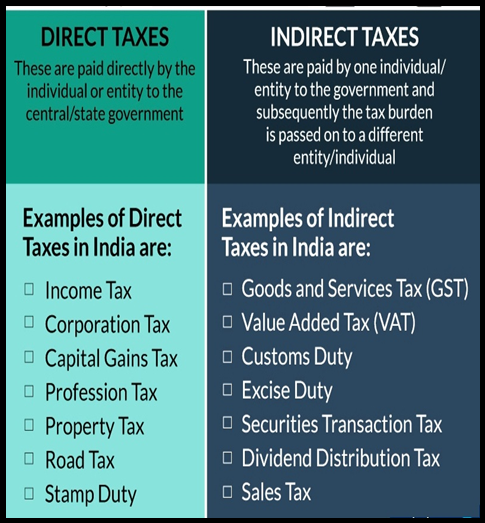SHIFT TO NEW TAX REGIME
Why in the news?
- 72% of India’s personal income tax payers opted for the new tax regime in 2023-24.
- 27 crore returns filed under the new regime, compared to 2.01 crore under the old regime.
- The number of Income Tax (IT) return filings rose 7.5% to a record 7.29 crore.
source:researchgate
Record High ITR Filings:
- ITR filings reached 7.28 crore by July 31, 2024, up from 6.77 crore in the previous fiscal year.
- Continuous increase in filings over recent years, reaching a new peak in 2023-24.
Factors Driving the Shift:
- The new tax regime became the default option, with tax slabs reduced to five from six.
- The tax-free income limit was raised to ₹3 lakh from ₹2.5 lakh.
About New Tax Regime:
Tax Rates and Slabs: New regime: Lower tax rates across multiple income slabs. Old regime: Availability of deductions can sometimes result in lower tax liability. Deductions and Exemptions:
Flexibility vs. Simplicity:
Associated Article: |





